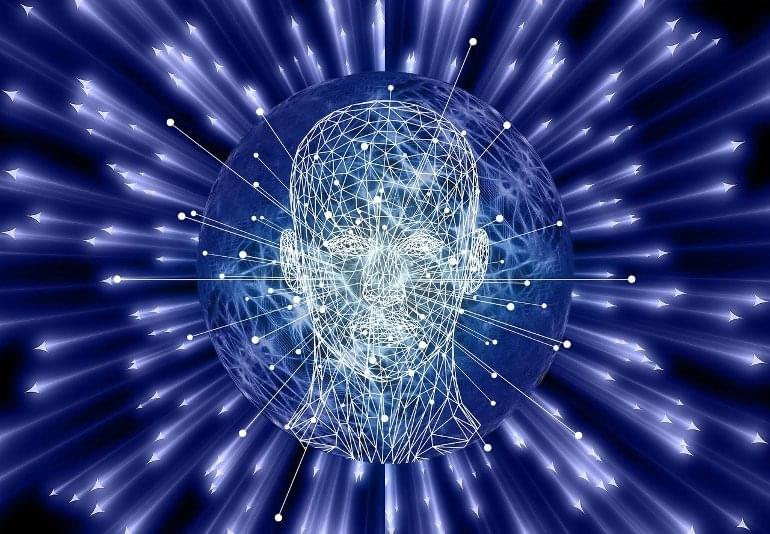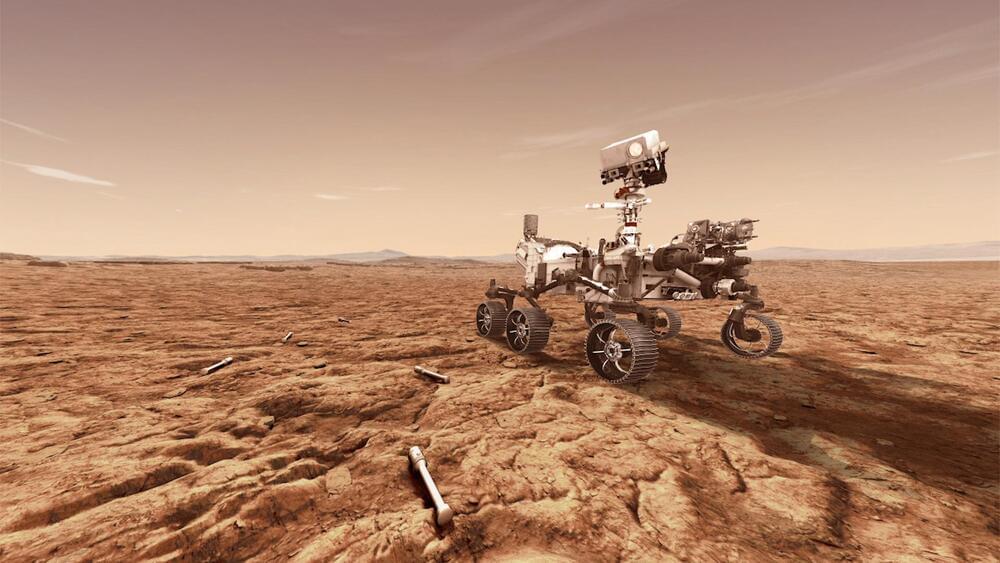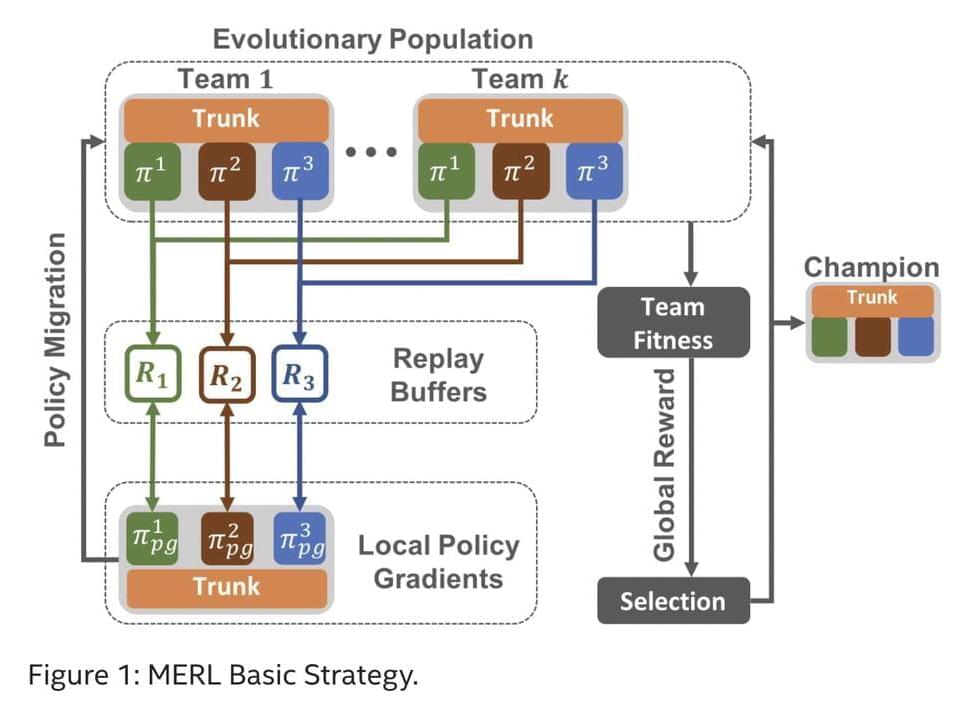No matter the price tag, the industry also has to convince consumers it’s worth their time to upgrade to new technologies.
“It’s difficult to get homeowners to change from the technology that they’re used to, especially in staid devices like water heaters, because they think of it as a utility: open the faucet, water comes out,” Callahan told Freethink. “There’s an education process to get them to understand that there’s a better, cheaper, faster, cooler way to [heat water].”
Tankless systems like the Model 3 aren’t the only new instant hot water-heating technologies aiming to reshape the industry. Solar-powered water heaters can reduce your utility bill by 50 to 80%, according to the U.S. Energy Department. Heat pump water heaters — which extract heat from the air, store it in tanks, and use it to heat water — are estimated to be at least twice as efficient as conventional systems, partly because they can store midday heat and use it later that night.









